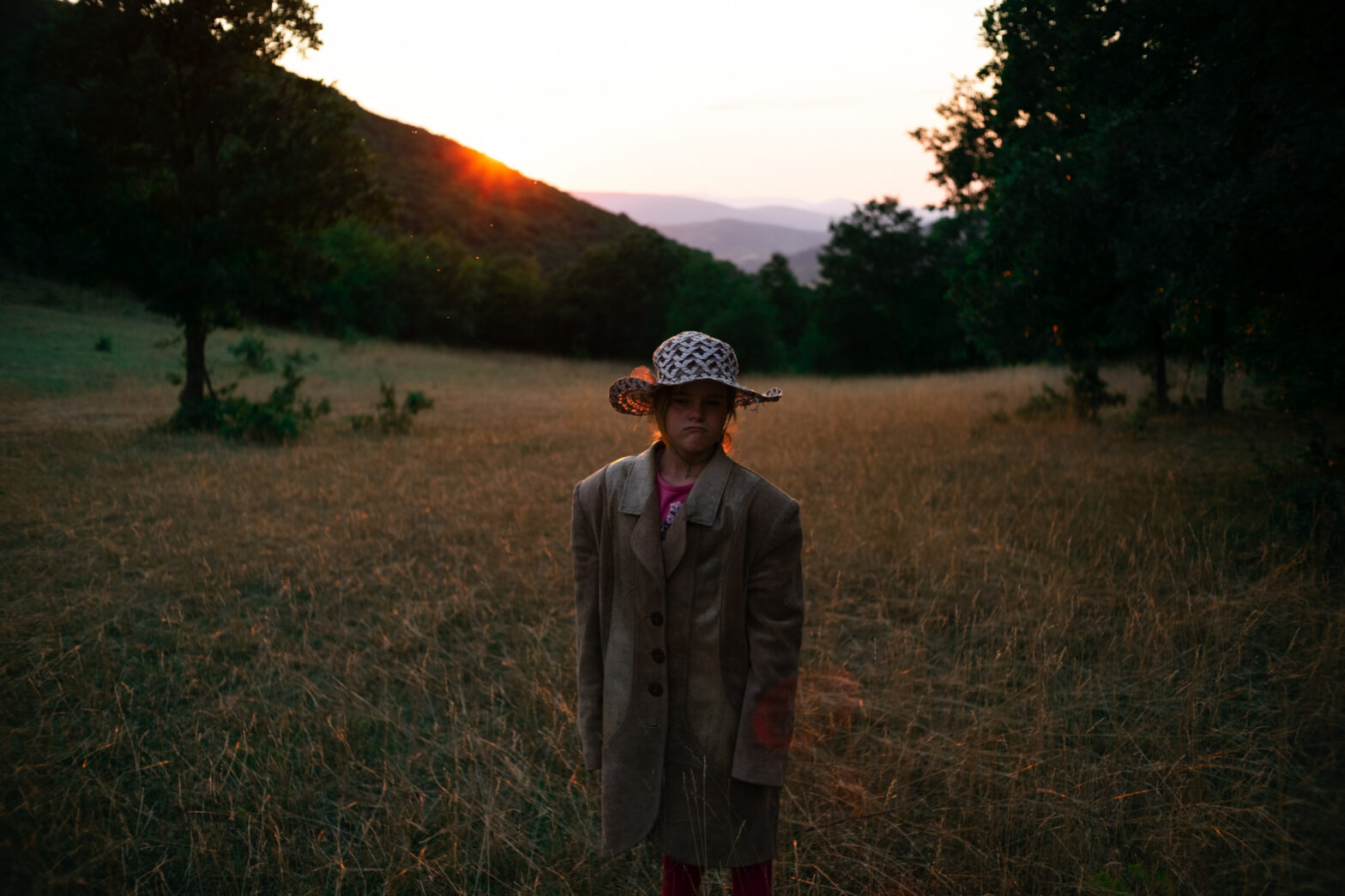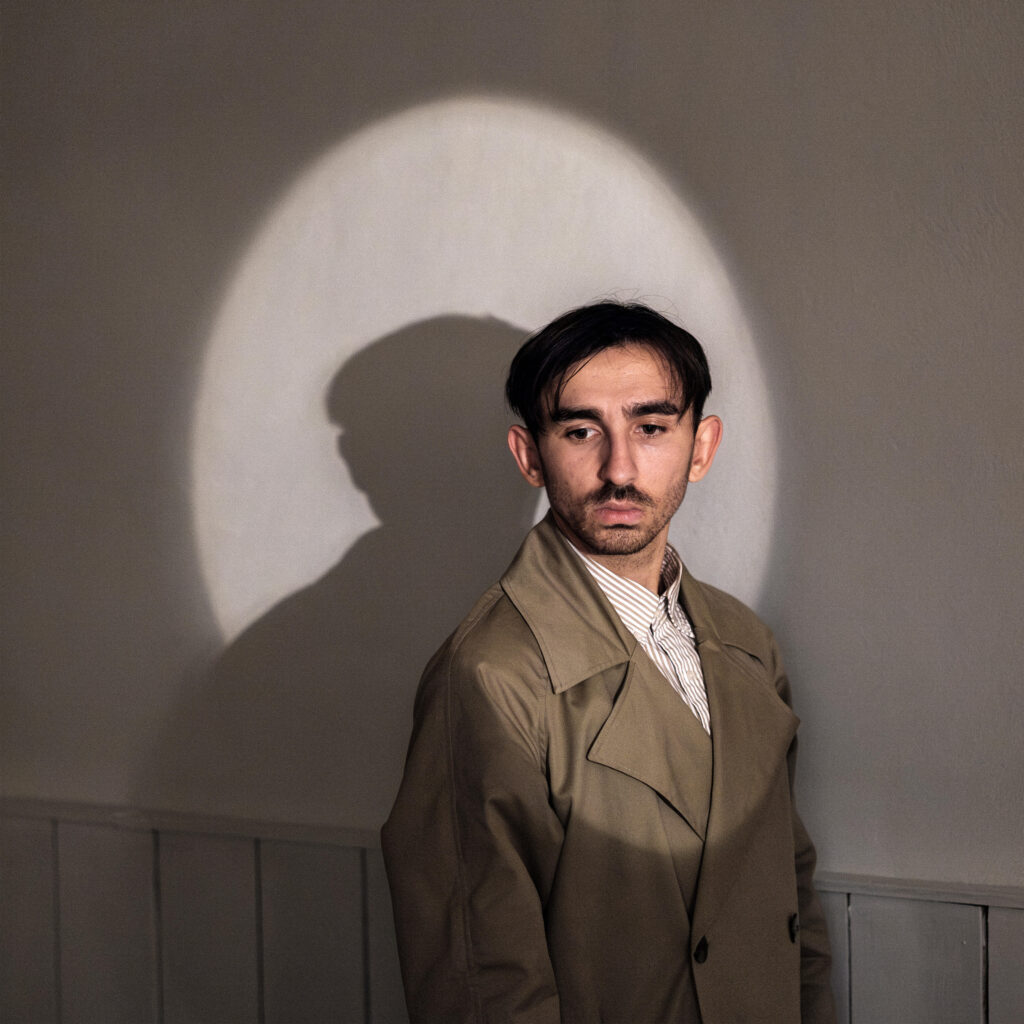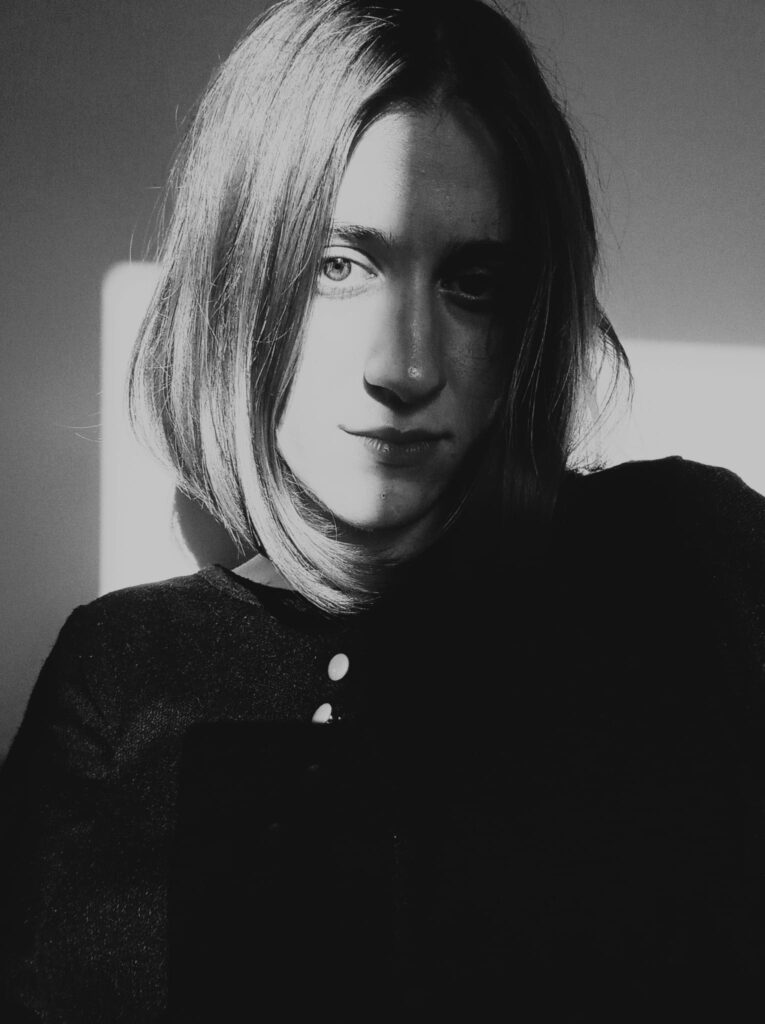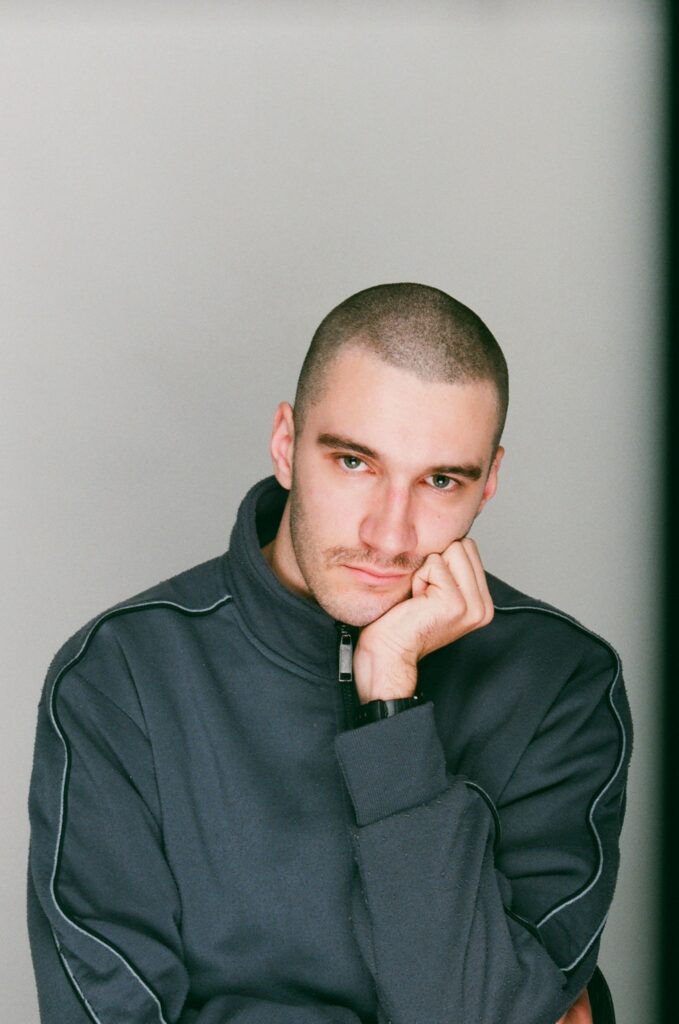Click on the names of the 2023 VID Grant winners to see their work!
VID Grant Jury Statement:
This year, the VID Foundation for Photography organized its third consecutive VID grant. For this the VID Jury assessed over 40 incoming applications for the 2023 VID Grant. Photographers from the Balkans (Albania, Bosnia-Herzegovina, Bulgaria, Croatia, Greece, Kosovo, Moldova, Montenegro, North Macedonia, Romania, Serbia and Slovenia) submitted a range of work, be it in terms of the topics explored or their photographic approach.
The insightful and provoking work spoke to diverse and complex issues that artists in the Balkans are looking to explore, question or understand. They included, to name but a few: the impact of environmental degradation on impoverished communities and sites; questioning of constrictive roles around gender and sexuality; explorations of history, identity and personal memories; the effects of migration on personal and communal life. All these topics were meticulously placed within larger socio-political dynamics shaping their societies.
What was particularly striking was how much personal experience, grounded in observation and curiosity, and driven by political transformations of their societies, played a role in these project proposals. A common thread was the drive to capture and place such experiences in photographic form and documentation as an invitation to memorialization and debate.
The winners represent such different features – be it in their storytelling or photographic approach.
–
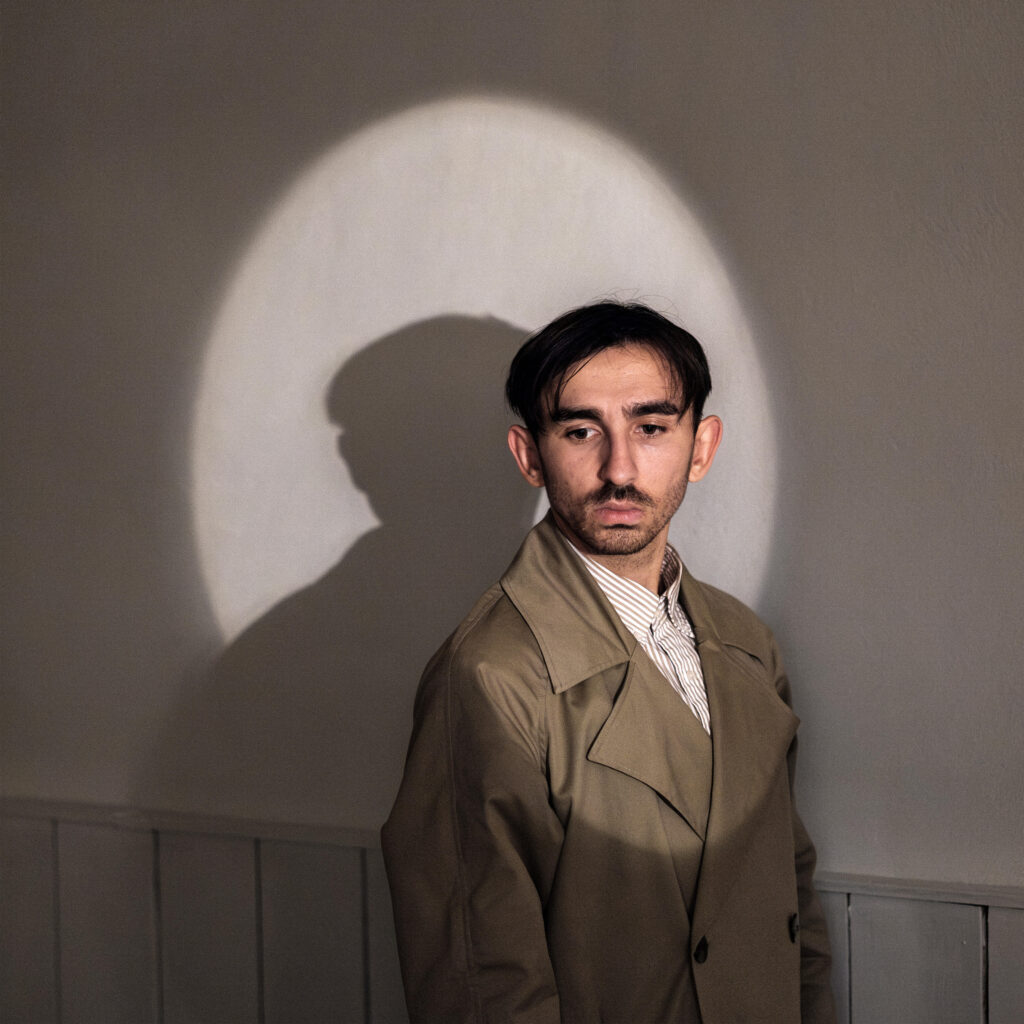
Stefan Pavić captures the essence of rural life, drawing inspiration from the childlike wonder and curiosity embodied by his two twin female protagonists. Viewed through their eyes, Stefan Pavić’s project, “Growing Up In Light,” reflects a deep, heartfelt yearning for the Serbian countryside. He draws attention to fleeting moments of childhood in the same way he does the warmth of autumn’s waning light, savouring the quiet magic of both and allowing us to see the world as the protagonists do. These evocative details are sobering against the backdrop of depopulation of his native south-eastern Serbia and the broader Balkans, where teenagers move abroad after high school and don’t return. Stefan’s storytelling strikes a perfect balance between light-heartedness and the sincere gravitas that characterizes this critical issue. We hope that by winning this prize, the photographer can seize the opportunity to share his remarkable project with a broader audience, bolster his confidence in his storytelling, and learn from experienced experts in the field.
Stefan is also a member of Kamerades Collective in Serbia
–
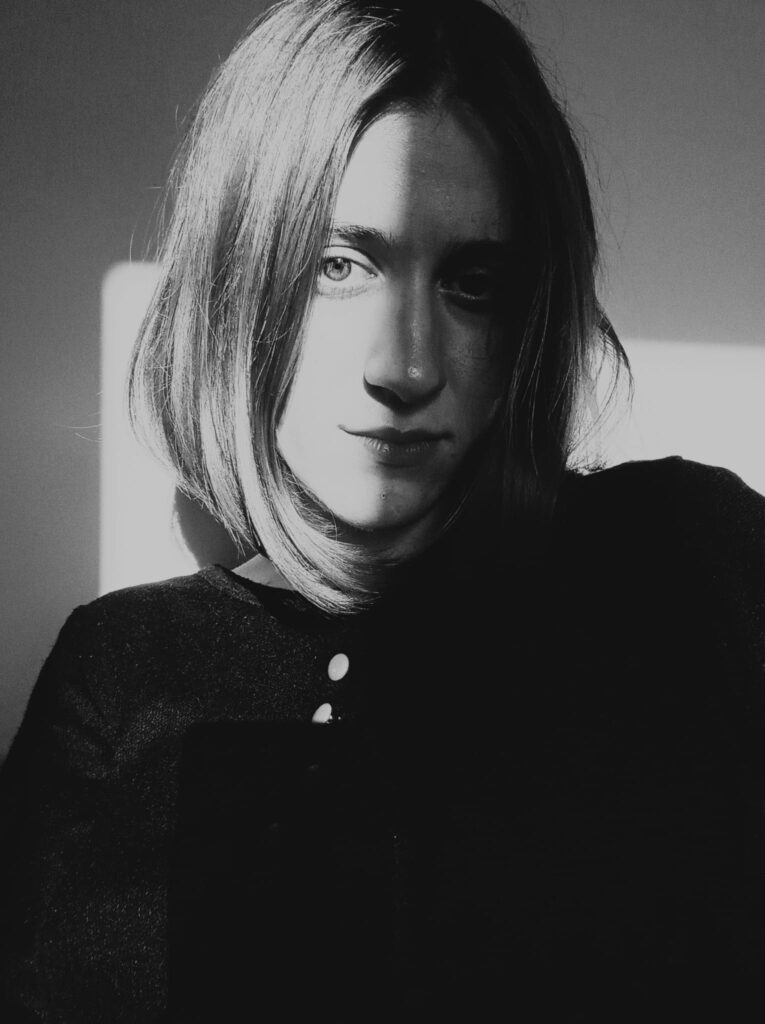
“Homeland” is a personal story by Maria Guțu. As a child Maria’s parents emigrated abroad for work, and left Maria to spend her childhood with her grandparents in the picturesque and remote northern region of Moldova. The mesmerizing black and white portraits convey an intimate account of life for children and youth today, who like Maria, experience the same reality of emigration, within the ever shrinking countryside of Moldova. Her work itself evokes a nostalgic yearning for family, the past, and simply life itself. In this project Maria sets out on a quest to find homeland in the faces of the people she photographs. Maria’s images feel like these faces tell us of a time past, but also of a future uncertain, albeit full of passion and hope. In the landscape photography we see highlights of the sheer beauty and magnificence of the environment and surroundings of the northern part of Moldova. Maria’s photographs are testament to the changing demography and human landscape of a country at the edge of Europe, but also of the broader region between many different power blocks. In this project, homeland is not just a place, but a person, and a memory.
–
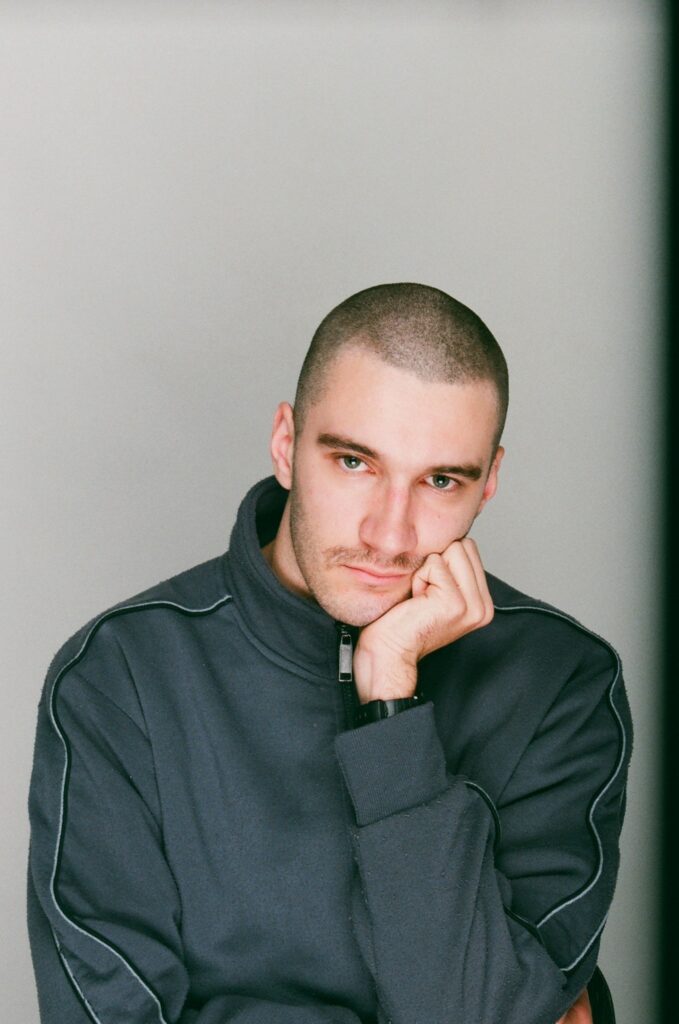
The submission of Croatian photographer Vid Redža, “There where the avalanche stops,” stands out with its playful, mature and direct visual approach. Being an alumnus of BA cinematography at the Academy of Dramatic Art in Zagreb, Redža focuses on unravelling his own heritage in his first non-student project.
With various visual strategies: landscape photography, mixed with portraiture and staged images of his close relatives, Redža is displaying a multilayer story of how migration has shaped his family. Redža’s grandfather emigrated a long time ago from Mitrovica in Kosovo to Zagreb in Croatia, changed his last name from Rexha to Redža and started a new life.
Redža would like to make his project into a book for all the young people lacking a real sense of belonging. The jury finds relevance in his work for today’s society in former Yugoslavia countries, where youth seek emigration to Western Europe for better opportunities, and history is repeating.
—
VID Mentors 2023
Willemijn van der Zwaan
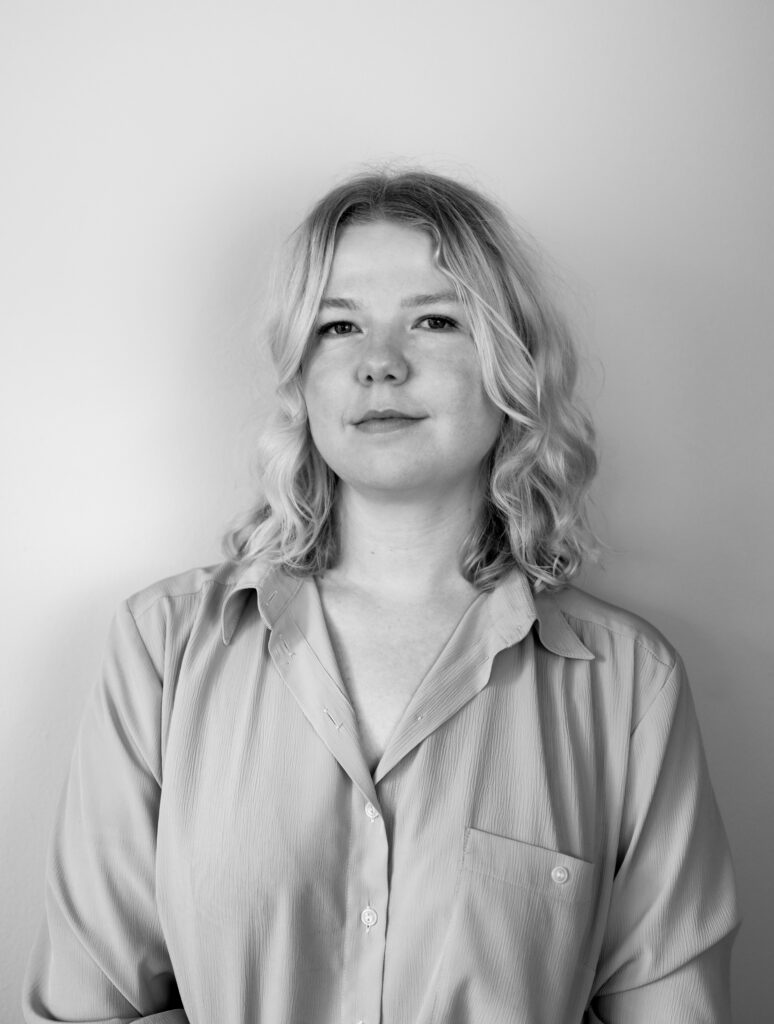
Willemijn van der Zwaan (1989, The Netherlands) has been Curator of Photography at Fotomuseum and Kunstmuseum Den Haag since 2019. She studied Art History at the University of Utrecht, where she specialized in photography during her masters in Modern and Contemporary Art. After graduating in 2012, she worked as a gallery manager, independent writer, researcher and critic. She has contributed to multiple photobooks, including Sanne Sannes: Copyright/Archief (2015), Bastiaan Woudt: Hidden (2019), Popel Coumou: Paper and Light (2020) and Jeroen Hofman: Island (2022). In 2023 Willemijn worked with Rob Hornstra on Ordinary People www.fotomuseumdenhaag.nl/nl
—
Yev Kravt

Yev Kravt (she/her) is an independent curator based in Amsterdam and Larnaca, Cyprus. With a background in communication, philosophy, and art history, Yev’s work stimulates creativity, social change, and inclusiveness. She most recently curated the 2023 Larnaca Biennale in Cyprus.
—
VID Grant 2023 Jury Members:
Jury Members

Emilia van Lynden, Chair of the 2023 VID Grant Jury
Emilia is Head of Marketing, Communication and Publications at Manifesta Biennial – one of the leading biennials for contemporary art and urbanism. She was Artistic Director of the Unseen Photo Fair, Festival and Platform from 2017. Her main role at Unseen was to create a platform which would showcase and nurture emerging photographic talent. In 2019 she wanted a new challenge, and left Unseen to work independently as an art consultant. In August 2019 she took on her current role with Manifesta..
_____
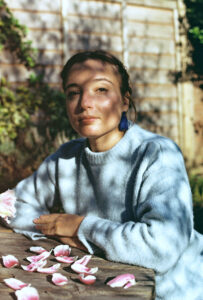
Liza Premiyak
Liza is a London-based freelance journalist and photo editor. Currently, she serves as a photo editor on Getty Images’ busy London picture desk, providing essential support to photographers navigating the dynamic landscape of news. She has contributed her writing on photography and visual culture to various publications, including The Art Newspaper, The British Journal of Photography and Magnum Photos. For the past eight years, her focus has been on understanding what it means to live, create, and protest in Eastern Europe. Until 2022, Liza was Managing Editor at The Calvert Journal where she looked after the online publication’s photo stories and ran the New East Photo Prize, broadening perceptions of Eastern Europe, the Balkans, Russia, and Central Asia.
_____

Tasneem Alsultan
Tasneem is an investigative photographer and storyteller. Her work largely focuses on documenting social issues and rights-based topics in Saudi Arabia and the Arab Gulf region through a gender lens, challenging stereotypical perceptions of the Middle East and portraying a region and people that do not conform to expectations. Her work is published in New York Times, National Geographic and many international exhibitions.
_____
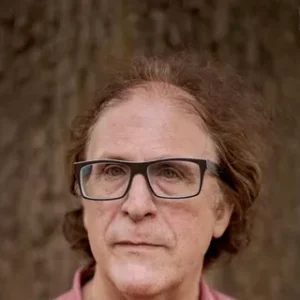
James Estrin
James is a photographer, writer, filmmaker, and academic. He is a New York Times senior staff photographer and founder of Lens, The New York Times photography blog. Through Lens, Estrin has chronicled a turbulent period in photojournalism and has featured photographers from diverse backgrounds around the globe. Estrin was part of a team that won a 2001 Pulitzer Prize for a national series of articles entitled “How Race Is Lived In America.” He is also the co-executive producer of the documentary film “Underfire: The Untold Story of Pfc. Tony Vaccaro” which appeared on HBO in November 2016. In 2013, Estrin created the New York Portfolio Review, an annual event in which photographers from around the world meet with internationally prominent photo editors, critics, curators, book publishers, video producers and gallery owners in private meetings.
_____
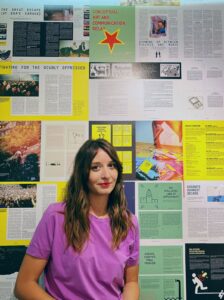
Besa Luci
Besa is the chief editor and co-founder of Kosovo 2.0, a print and multimedia
magazine creating uncompromising journalism that listens to people’s experiences, explains complex realities, provides context, and provokes conversations in Kosovo, the region and beyond. Since 2010, Kosovo 2.0 has been a leading outlet in introducing profound storytelling and compelling visuals on the region’s political and social transformation. Besa is actively involved in public conversations and initiatives pertaining to media innovation, journalistic excellence, and cultural development. She is also a documentary film producer and writer. Besa is a board member of Manifesta 14, the European Nomadic Biennial’s 2022 Prishtina edition. She is also a board member of Dokufest, the International Documentary and Short Film Festival. Besa was a Teaching Assistant at the Journalism Department, University of Prishtina between 2013-2019.
_____
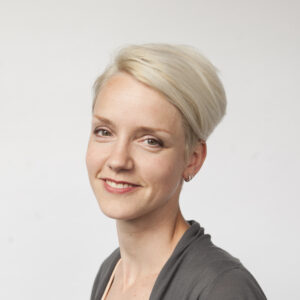
Lotte Sprengers
Lotte is an educator and since 2006 connected to The Royal Academy of Art, The Hague (KABK). Having fulfilled many positions within the organization, amongst others that of teacher and coordinator, Lotte Sprengers is since 2015 Co-head of Photography. She is the founder and former head of the Master Photography & Society, and is currently a member of the Interim Academy Directorate. In all her work, there is a strong emphasis on sustainable didactical and pedagogical curriculum development. Lotte Sprengers studied at the HKU University of the Arts Utrecht, where she obtained a BA Art Education in 2005, and a BA Photography in 2006.
_____
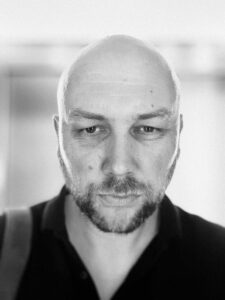
Ziyah Gafic
Ziyah was born in Sarajevo and grew up during the city’s siege. He briefly became a refugee in Italy before returning home, crawling through a tunnel under Sarajevo airport to his father, a figure in the city’s resistance. He is currently the Director of VII Academy an award-winning photojournalist, author, TED speaker, and contributor to National Geographic magazine. His photography focuses on societies locked in a perpetual cycle of violence and Muslim communities worldwide. Over the past 24 years, he covered major events in over 60 countries in the Middle East, Caucasus, Balkans, Arabian peninsula, Africa, and Asia. His work has received some of the most coveted prizes in photography from World Press Photo, Visa pour l’image, Les Rencontres d’Arles, Prince Claus Fund, National Geographic Society, Magnum Foundation, and the Pulitzer Center on Crisis Reporting. Ziyah’s reportages were published on cover stories of The Telegraph Magazine, The New York Times, GEO, National Geographic, La Repubblica, Le Monde, Liberation to name a few. He authored several books: Muslims of New York, Troubled Islam: Short Stories from Troubled Societies, Quest for Identity, and Heartland.
0
